71% of the E-commerce sites today have integrated recommendation systems for their customers.
With that stat, we know that artificial intelligence and machine learning have overtaken humans in understanding the needs of users. It’s the 21st century and the online shopping marketplace you used for your last purchase knows much more than that local shop owner you are going through since your childhood. All thanks to technology, personalization is no more a new concept, enhancing the experience of customers with online shopping every now and then.
Recommendation system and collaborative filtering are also two terminologies delivering the same purpose (enhancing UX) while a user is roaming in an eCommerce site or app.
But what exactly is AI-based recommendation engine development? How does it work, and how can we build a Recommendation System for eCommerce? These questions might have crossed your mind. In this blog, we’ll explore these topics in detail. Let’s get started!
What is Recommendation System?
Interpreting in the simplest words, a recommendation system is a feature in E-commerce that suggests products to the customers they might be interested in. Understanding this concept with a real-life example can do a better job.
Whenever you finish watching a movie on Netflix, it gives you recommendations for the next web series of movies.
Chances are pretty high that the recommendation matches your interest in entertainment. This whole process of recommending is based on a recommendation system. The same concept is applied in the eCommerce landscape where customers are suggested the product they might like or need.
Research from Salesforce states that shoppers who click on recommendations are 4.5 times more likely to add that item to the cart and complete the purchase.
The recommendation system works on certain algorithms which helps the system understand the buyer’s behaviour and preferences. In this algorithm, data analysis of different kinds of information such as past purchases of customers, their search intent, items in their carts, along with demographic information is utilized. If you are going to build an eCommerce website you can hire product recommendation system development services.
What is Collaborative Filtering?
Collaborative filtering can be defined as a tool or working framework of recommendation systems which allows the latter to read data about customers’ behaviour and suggest things on the basis of the same. It filters the data to make personalized recommendations for the users as per their preferences. Moreover, collaborative filtering is not just limited to E-commerce platforms but it is also the technology behind why users receive the recommendation of products on their social media accounts and search engines as well.
Collaborative filtering has the following three types or can be stated as working principles-
| Neighbor-based collaborative filtering | Here, the users are selected on the basis of similarities with active users. Similarity can be measured by the same reviews of the products. |
| Item-to-item collaborative filtering | The filtering process uses the matrix to identify the similarities between the pair of items and compare the users’ preferences to show products falling in the same matrix. |
| Classification-based collaborative filtering | This system is based on how users like a particular classification of genre predicting that same interest in one genre will also generate the same interest in other products of that genre. |
Types of Recommendation Systems
Having understood the meaning of recommendation systems and the core role it is playing in the E-commerce landscape, it is never possible that a single recommendation system can fulfill the preferences of customers belonging to different behaviors and tastes. There are different types of recommendation systems that combine and elevate the user experience by bringing the right product without even asking for it. Let’s go through the type of recommendation systems-
Let’s gain insight about all the types at a glance first so it will be easier to understand in theoretical language-
1. Personalized
It is a more complex but at the same time more calculated recommendation system that helps enhance the chances of sales significantly. For the same, the system analyzes the user’s data, purchase history, and ratings along with their similarities with other users. Based on this different type of information utilization, this recommendation system is further divided into different parts-
A) Content-based
For content-based recommendations, the system uses the purchase history of the user and suggests the relevant item. Here, the content, quality, or competency of the product is used to suggest it to the user. It looks something like this-
B) Collaborative Filtering
A group of users, their behaviour, preferences, and data are used to install the collaborative filtering recommendation in E-commerce. As a number of users are targeted to recommend the right thing, it is referred to as collaborative filtering. Collaborative filtering has different parts
Memory-based Filtering
when raw data from a group of customers is used to inter-suggest the product, it is referred to as memory-based filtering. As a recommendation system that memorize the products liked and purchased by the user, it is termed memory-based filtering. Understand it in the following subparts-
| User-based Filtering | If customer A has purchased 3 products while customer B has purchased 2, carrying 2 mutual products, the third product of customer A will be recommended to customer B. |
| Item-based Filtering | If multiple buyers have purchased a certain product and at the same time, another product is also in their purchase list, the later one will automatically be suggested to buyers with similar behavior. |
Model-based Filtering
Slightly more complex than that of memory-based filtering, this model relies on certain types of machine learning algorithms. The model is created which helps to give recommendations and fasten up the functionality of the concept. Defining in simpler words, the matrix uses the reviews and ratings of the different users on different products. As it is not necessary to have ratings of every user on every product, it carries unfulfilled values. Based on user reviews and reviews of customers with similar purchases and preferences, new items are suggested to each of them.
C) Hybrid Recommendation
As the name suggests, a hybrid recommendation system is one which uses multiple recommenders in one place to suggest products to users. It is predicted that using multiple recommenders will automatically give a better result as compared to the recommendation based on a single algorithm.
2. Non-Personalized or Popularity Based Recommendation System
When a non-personalized recommendation system is used to suggest products, it has nothing to do with the information of the user or the product. It is basically the popularity-based model in which the product being used by the majority of the audience on the E-commerce platform is suggested to customers searching for products in the same segment.
Let’s understand the same with an example if you search for Adidas shoes on either of the E-commerce store, a non-personalized recommendation system will suggest you some pair of shoes that are most purchased in Adidas. These pairs of shoes might not have been purchased by you or any of the other relevant users, still, it is suggested because the pair is popular in the segment.
Steps to Build a Recommendation System for E-commerce
If you own an E-commerce store, having a recommendation system can take your sales to completely new heights. Not only you can add items to your customer’s cart, but the relationship of stakeholders with your store will also strengthen. Moreover, a recommendation system will make it easier to understand the behavior of your customers, leaving you with the upper hand to understand your target audience even better. You might be interested to know about the best free e-commerce website builders.
Here are the simple steps that you can consider while building a Recommendation system with BigQuery ML-
1. First of all, create a Google Cloud Project in Google Cloud Console making sure that billing is enabled for the project.
2. Now, process the sample data, consider the following points-
- Open the Google Analytics Sample dataset in Google Cloud Marketplace and click on View Dataset.
- Select the project from the resource section and create a dataset.
- On this page, type “bqml” for Dataset ID, choose the closest location for Data Location and then Create Dataset.
- Run the SQL statement to create a table carrying the training data. Run the version which uses fullVisitorId if data from other marketing systems is to be used. Use Code-
- Run the following SQL statement to see a sample of date in the resulting table-
3. Purchase flex slots- if you are using on-demand pricing, you will have to purchase flex slots and create reservations and assignments to train the model. For the same
- Click reservation
- Click Enable on BigQuery Reservation API Page
- Click Buy Slots
- On this page, choose Flex in Commitment duration, your preferred location, 500 in Number of Slots and confirm the purchase.
- Click View Slot Commitments
- Once capacity is provisioned and status turns green, click Create Reservation
- Select the Assignment tab
- Select an organization, folder, or project and click Browse
- Type name of the project
- Click select
- Choose Model reservation you chose
- Create Create
- Click Big query
4. Create, train, and deploy the model- run following Create Model for the same-
5. Use the trained model to make prediction- Run following SQL statement to get top 5 predictions for all users-
6. Use predicted recommendations in the product- to create a “likelihood to buy” column per product, crate a pivot() procedure.
- Perform SQL statement to create the pivot procedure
- Run the following SQL statement to create a table containing clientId and a “likelihood to buy” column per product-
- Run following SQL statement to see sample of data in resulting-
7. Export recommendations to cloud storage.
8. Read recommendation programmatically.
Process of Recommendation System Development Procedure Looks Like-
Developing a recommendation system is going to cost requiring and time taking process. So, it becomes crucial that you go through each prominent phase to achieve the best possible outcome at the end of the process. Following steps are included in the recommendation system development process. Here is a helpful list of top e-commerce website development companies.
1. Understand the Business
First of all, define the goals of the recommendation system according to the type and nature of the business. Discussion among the product manager, operation teams, partners, advertisement team, and other stakeholders should be organized.
2. Get the data
Collect all the data you can by yourself. It includes gathering the reviews of users, feedback provided on different products, complaints of users, and much more. More is the data, better will be the recommendation.
3. Explore and Augment the data
The taste and preference of the customers change over time. So, make sure you choose the data which is fresh and up-to-date while removing the older data which might influence the recommendation system.
4. Predict Ranking
Predict the ranking by yourself. However, this is going to be a simple approach and might not be effective in case of complex data, still it would help to see the accuracy of your recommendation system.
5. Visualize the data
Visualize the data you have obtained in graphical form or other formats that can be easy to understand and use for improving the recommendation system and user experience.
6. Iterate and Deploy models
Put the system in place when expected results have been achieved.
Challenges with Building a Recommendation System
As we have gone through the previous section, building a recommendation system might not be that easy. Similarly, the process also carries a range of challenges that can affect the outcome. However, knowing the mitigation of these challenges can help a lot in preventing a negative impact on the project. Some of the common challenges can be-
- Lack of user activity
- Lack of data
- Introduction of new items
- Frequent changes in trends
- Multiple choices of users
- Huge investment requirement
- Privacy concern
- Scalability
- Gap in data
Conclusion
Shoppers who engaged with a recommendation system leveraged a 70% higher conversion rate during the session. Undoubtedly, this concept plays a significant role in enhancing sales in an E-commerce marketplace by suggesting relevant products to their target audience. Not only it brings more items to the cart, but the user experience also enhances with the concept. Different types of recommendation systems use different algorithms and display the products on the screen which can interest the users. However, developing such a system in E-commerce store might be a little challenging due to various factors, but using the right mitigation strategy can provide the results.
FAQs
1. Which Algorithm is used for Building Recommendation Systems?
The K-NN algorithm is the most prominent algorithm used to build recommendation systems as it can handle large amounts of data to give some good predictions.
2. Which Recommendation System Does Netflix Use?
Netflix uses a Personalized recommendation system consisting of a content-based and collaborative filtering model of recommendation. The algorithm behind the model is also known as Netflix Recommendation Algorithm.
3. What Database is Best for a Recommendation System?
A graph database is considered one of the best databases for recommendation systems as it displays the data in a more organized manner.
4. Which Language is Used for the Recommendation System?
While any language can be used for this purpose, Python is preferred as the best choice due to its ease of writing, testing the code, and handy libraries.
Great Together!

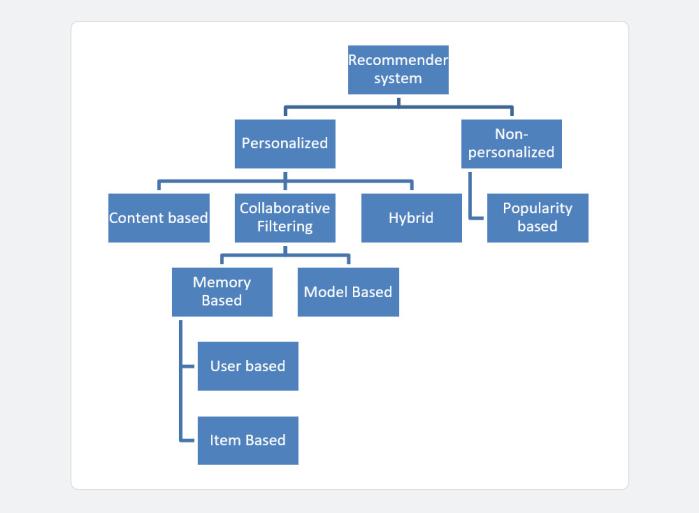
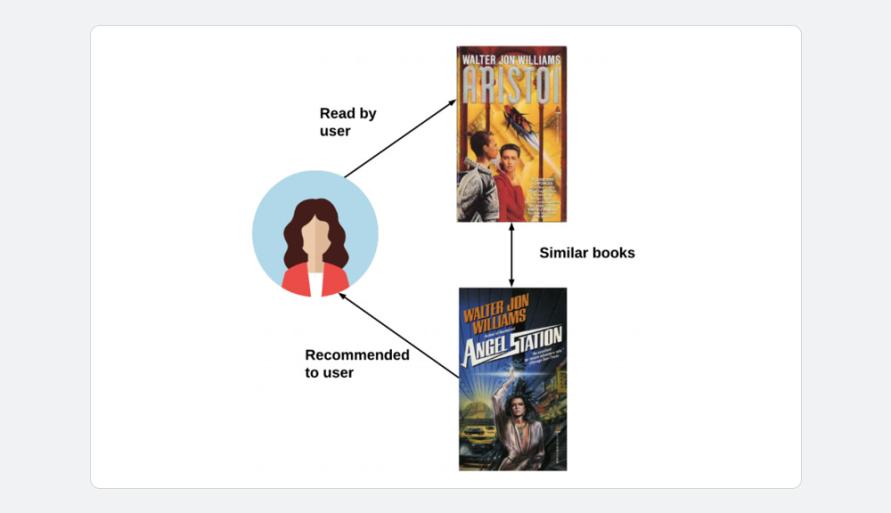
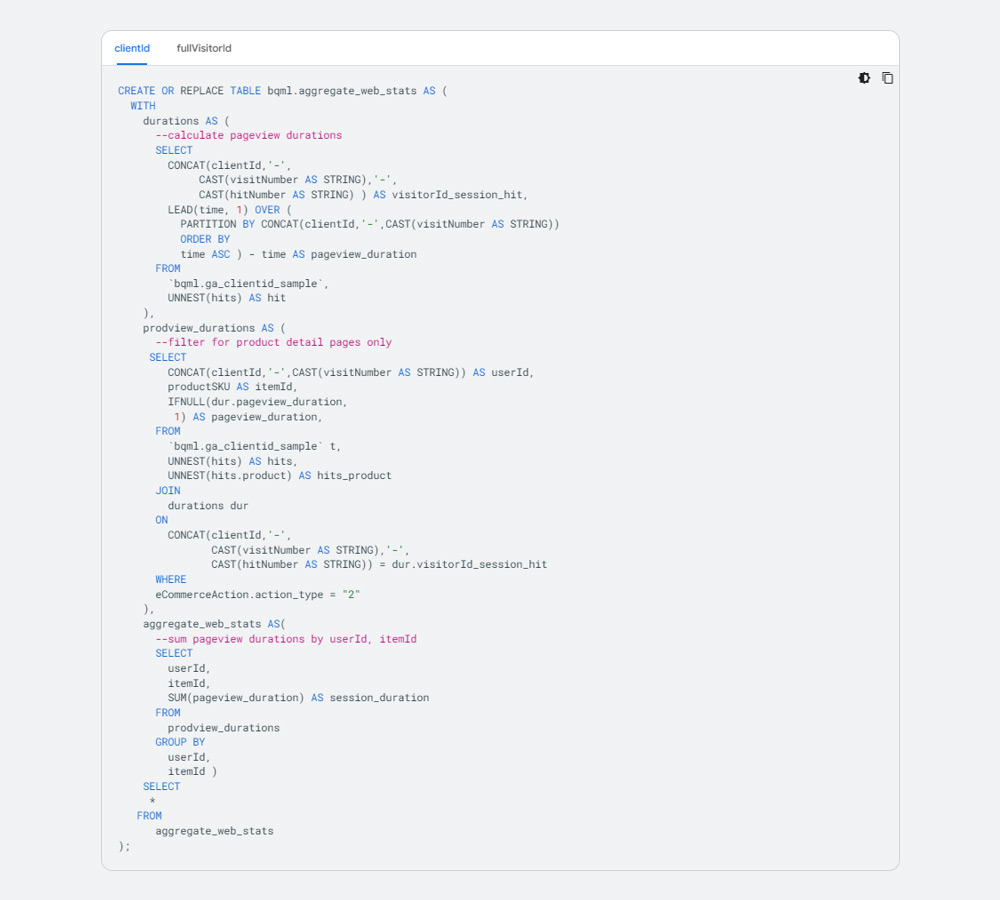


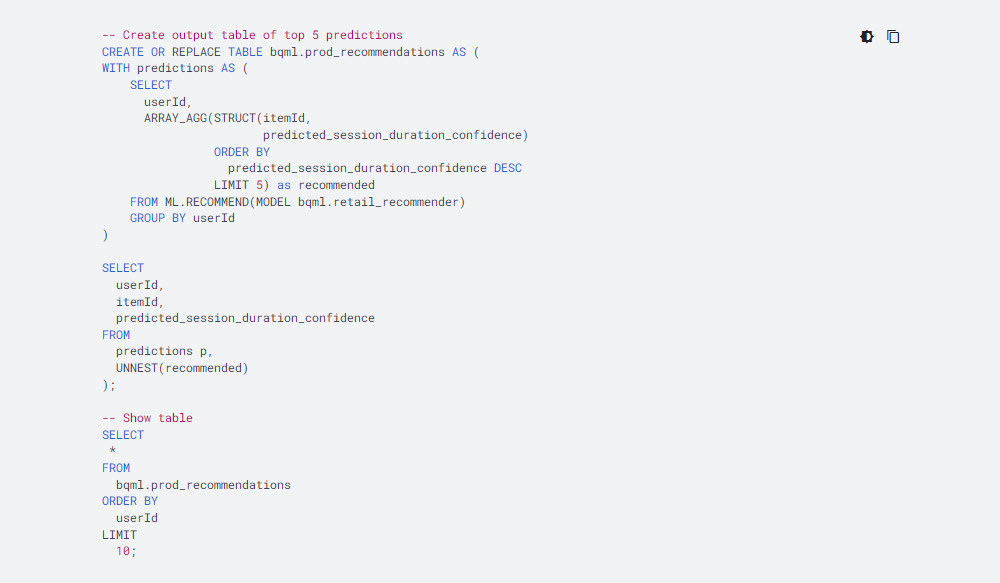


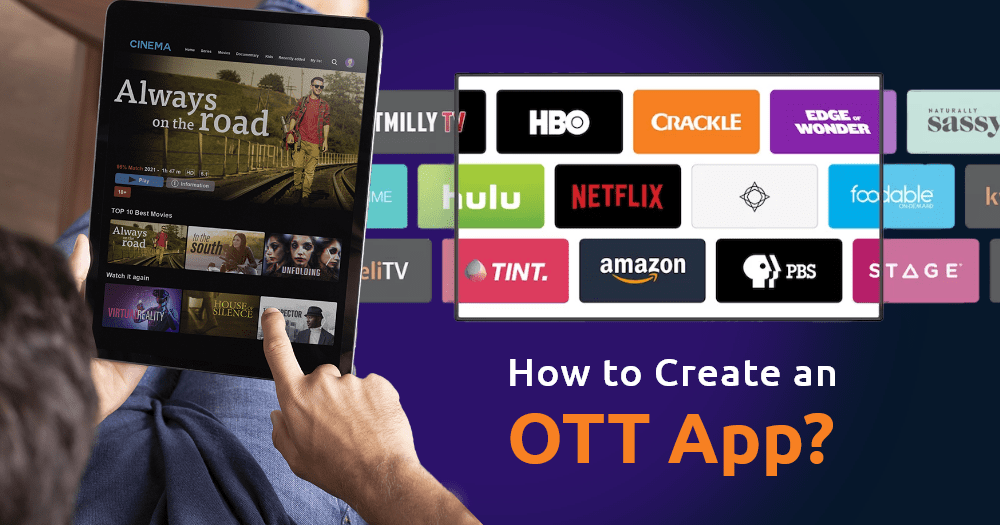
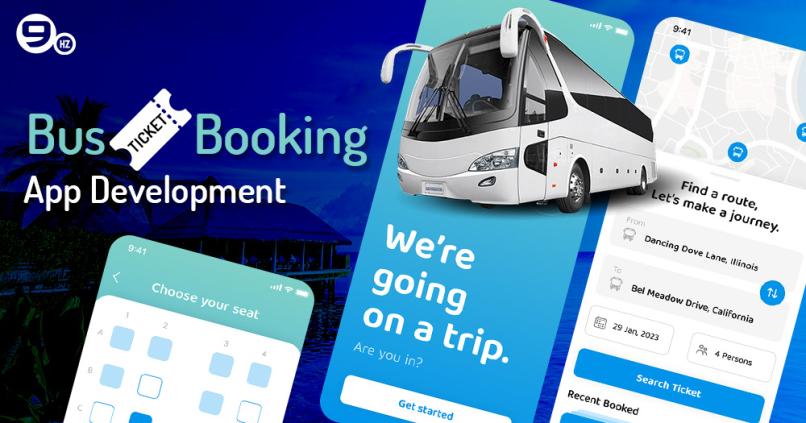
![On-Demand Fuel Delivery App Development [Guide 2026]](https://theninehertz.com/wp-content/uploads/2024/03/fuel-delivery-app-development.jpg)





